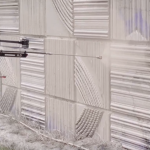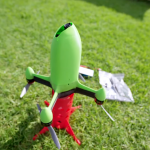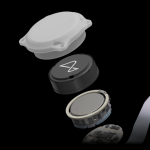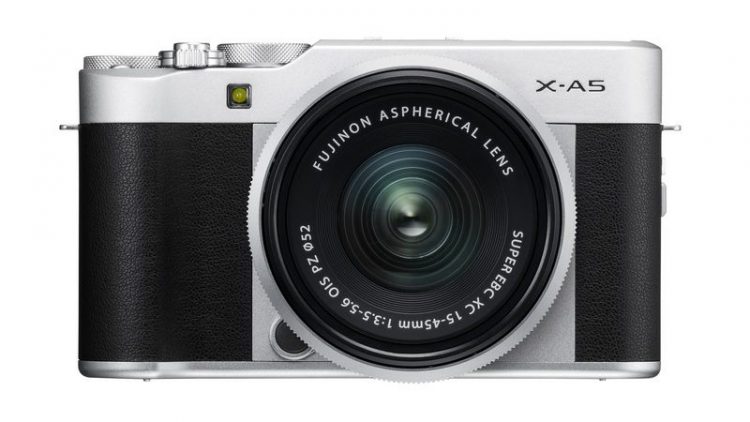In 2012, full-frame photography underwent a dramatic price drop. The Canon EOS 6D and Nikon D600 went head to head, with prices of around £1,500 (body only) that were around £1,000 less than previous entry-level full-frame SLRs.
The D600 triumphed in our review, as we felt that its more sophisticated autofocus sensor, dual card slots, faster continuous performance and elegant controls were more compelling than the EOS 6D’s integrated Wi-Fi and GPS functions. Here, we have the replacement model, the D610, which makes some minor updates. Since we published this review, the Nikon D750 has been released, which is a step-up in terms of features and has a flip-out screen. We’ve updated our conclusion to include this camera, so you can work out which model is best for you.
D600 dirt problems
After our review was published, reports started to emerge that unusually high numbers of D600 owners were experiencing problems with dirt on the sensor. This can be an issue for any camera with interchangeable lenses, but speculation was rife that the dirt spots were appearing even when the lens hadn’t been changed. This implied that it wasn’t a simple matter of dirt getting into the camera, but that it was coming from somewhere inside the camera.
It wasn’t just speculation on web forums, either. YouTube user Kyle Clements posted a video that showed the build-up of spot over 500 shots captured in a time-lapse sequence. It was also documented by Roger Cicala of Lensrentals.com.
It’s important to note that these spots were only visible when the camera was shooting a plain subject with a narrow aperture. Even so, it’s not something that we’d want to be worrying about after spending £1,500 on a camera.
Nikon took a while to respond to these concerns, finally issuing a statement in February 2013. It was non-committal about whether and why the spots were appearing, but advised users to send their cameras in for a service if necessary. Kyle Clements’ follow-up YouTube videos showed that spot continued to appear after the camera was serviced, but they appeared less frequently the more he used the camera. Across web forums, a consensus appeared to be forming that the problem lasted for a few thousand frames, and eventually became insignificant.
Still, this whole episode clearly didn’t help sales of the D600. This is the back story that brings us to the D610. Its launch comes just 13 months after the D600, and to describe is as a minor evolution would be an understatement.
Minor update
Continuous shooting is up from 5.5fps to 6fps, extending its lead over the 4.5fps Canon EOS 6D and matching the more expensive Canon 5D Mark III. It maintained this speed for an impressive 53 frames in our tests, before slowing to 3.5fps. Raw continuous mode slowed to 1.3fps after 14 frames. There’s a new Quiet Continuous mode that shoots at 3fps, although to our ears it sounds different but not actually any quieter. Capturing it with a microphone suggested that it was actually 2dB louder.
That’s pretty much it for new features. There appear to be some subtle tweaks to the JPEG engine, with noise taking on a more uniform, monochrome appearance that’s more pleasing to our eyes than multi-coloured speckles. The difference was pretty subtle, though, only becoming clearly visible in areas of dark, solid colour at ISO 6400 and above.















